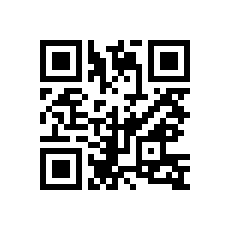Concept
Nowadays and with the explosion of social networks* the behavior of Internet users has changed. The takers and influencers are acclaimed and the "digital word of mouth" makes or breaks the reputation of a brand, a company or an event.
One can then legitimately ask the question of having one's own website or is it better to rely on these new behaviors. Especially as depending on the type of site, the budget can vary from 1 to 100. Wdo Studio has chosen to make a mix of these two approaches.
The idea is to allow anyone to create a real digital version of a document, flyer or page and use social networks to relay it. Whether it is a presentation of institutional form, a product sheet, an event poster,... its digital version will enrich it.
Our customers can create as many digital pages as they wish for a few days, weeks, months or years. By clicking here, you will see different examples of digital documents. Of course the designer at any time to change its content and eventually it will disappear automatically.
*Some figures: Facebook (2 billion active users per month (June 2017)), YouTube (1.5 billion active users per month on Youtube (June 2017)), WhatsApp (1.2 billion active users per month (February 2017)), Instagram (700 million monthly active users on Instagram (April 2017)), Google (359 million monthly active users on Google (May 2013)), Twitter (328 million active users per month (April 2017)).
Specific ones
If standardization is required in 90% of cases, we can study projects or customized modules.
API
API is an acronym for Applications Programming Interface. It is a standardized set of classes, methods, or functions that serves as the front end through which third-party software provides services to other software.
There are many APIs on the net (Google, FaceBook, Twitter, Wheather, ...) that allow us to enrich our features (eg the "post" automated) and our content (eg: video playback).
Programming is done by reusing bricks of features provided by third-party software. This assembly build requires knowing how to interact with other software.
Tools
We have developed a library of modules and functions to quickly offer:
- Automated postage on social networks (Twitter, Google, Facebook, ...)
- Generation of QR-Codes (games, articles, ...) or "pdf" file (invoices, weekly, ...) on the fly
- Downloading media (photos, videos, files, ...)
- Automated image processing (smoothing, resizing, filtering and timestamping)
- Automated tasks by "CronTab" (cleaning of database and spaces, backups, editions ...)
Installations
We work in back office on the installation and configuration of third-party solutions like CMS* (ex: Wordpress or Drupal).
*CMS is the acronym for content management system, in French, "system de gestion de contenu". It is a computer program that uses a database to manage the appearance and content of a website from A to Z.
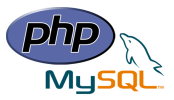
PHP: Hypertext Preprocessor, better known by its acronym PHP (recursive acronym), is a free programming language, mainly used to produce dynamic Web pages via an HTTP server, but can also work like any other language interpreted locally. PHP is an imperative object-oriented language. It is considered as one of the bases of the creation of so-called dynamic websites but also web applications.
The PHP language was created in 1994 by Rasmus Lerdorf for his website. It was originally a software library in C which he used to keep track of visitors who came to see his resume. As it added new features, Rasmus transformed the library into an implementation that can communicate with databases and create dynamic and simple applications for the Web. Rasmus then decided in 1995 to publish his code, so that everyone can use it and enjoy it.
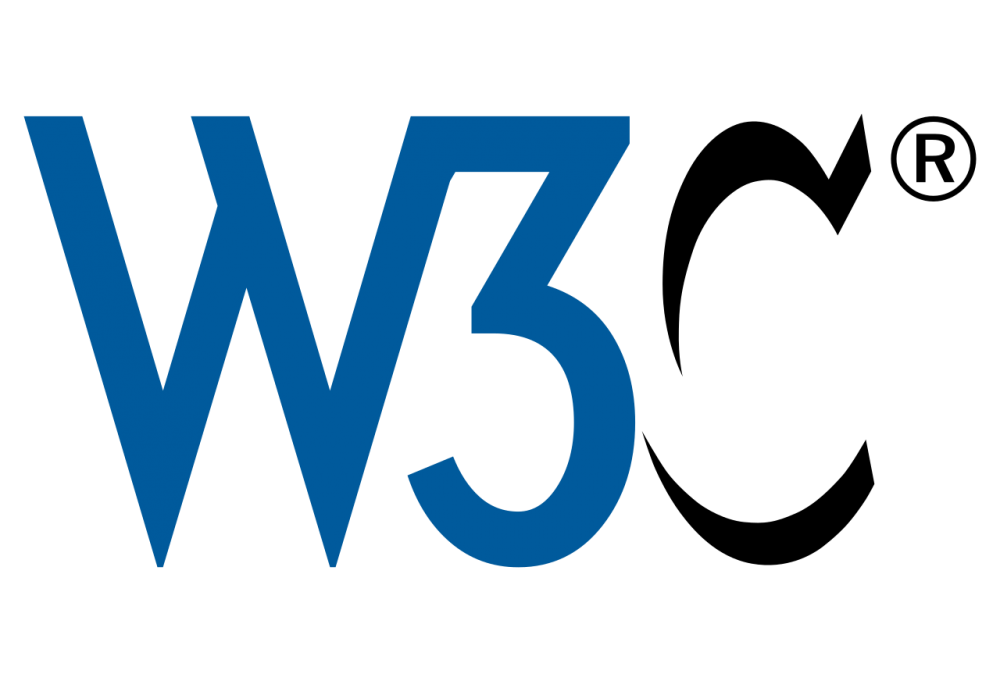
The World Wide Web Consortium, abbreviated as W3C, is a non-profit standardization organization, founded in October 1994 by Tim Berners-Lee after leaving CERN in October 1994. It promotes the compatibility of Net technologies such as HTML5, HTML, XHTML, XML, RDF, SPARQL, CSS, XSL, PNG, SVG and SOAP. The leitmotiv of W3C is "One web everywhere and for all".
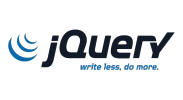
jQuery is a free and multi-platform JavaScript library created to facilitate client-side scripting in the HTML code of web2 pages. The first version is launched in January 2006 by John Resig.
Since its creation in 2006 and especially because of the increasing complexity of Web interfaces, jQuery has been a huge success with web developers and its learning is today one of the fundamentals of training in Web technologies. It is currently the most used front-end framework in the world (more than half of the online websites include jQuery).
Contact us
If you want us to contact you, leave us a message with your contact details and especially a day and an hour so that we can call you back.
Opening hours
Monday from 09:00 to 12:00 and from 14:00 to 18:00,
Tuesday from 09:00 to 12:00 and from 14:00 to 18:00,
Wednesday from 09:00 to 12:00 and from 14:00 to 18:00,
Thursday from 09:00 to 12:00 and from 14:00 to 18:00,
Friday from 09:00 to 12:00 and from 14:00 to 18:00,
Saturday closed,
Sunday closed.
Contact information
Wdo Studio
10 rue de la Gar2 - 62840 Laventie0972 276 2234
https://www.wdostudio.com/
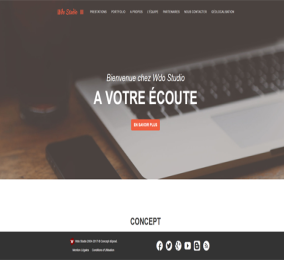

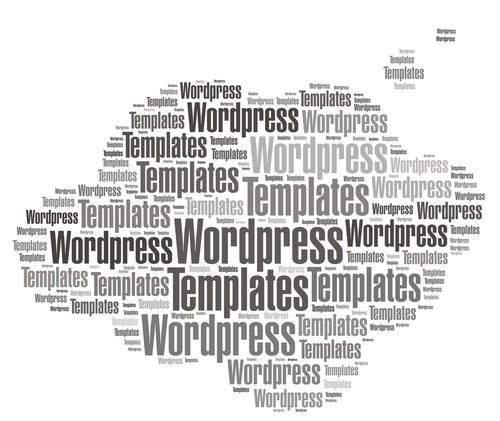

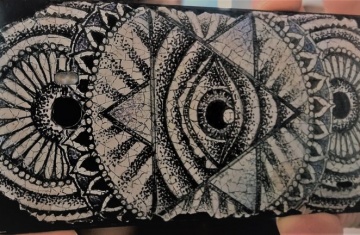

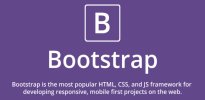
 Wdo Studio 2004-2026 © Wdo-Communication concept déposé.
Wdo Studio 2004-2026 © Wdo-Communication concept déposé. 